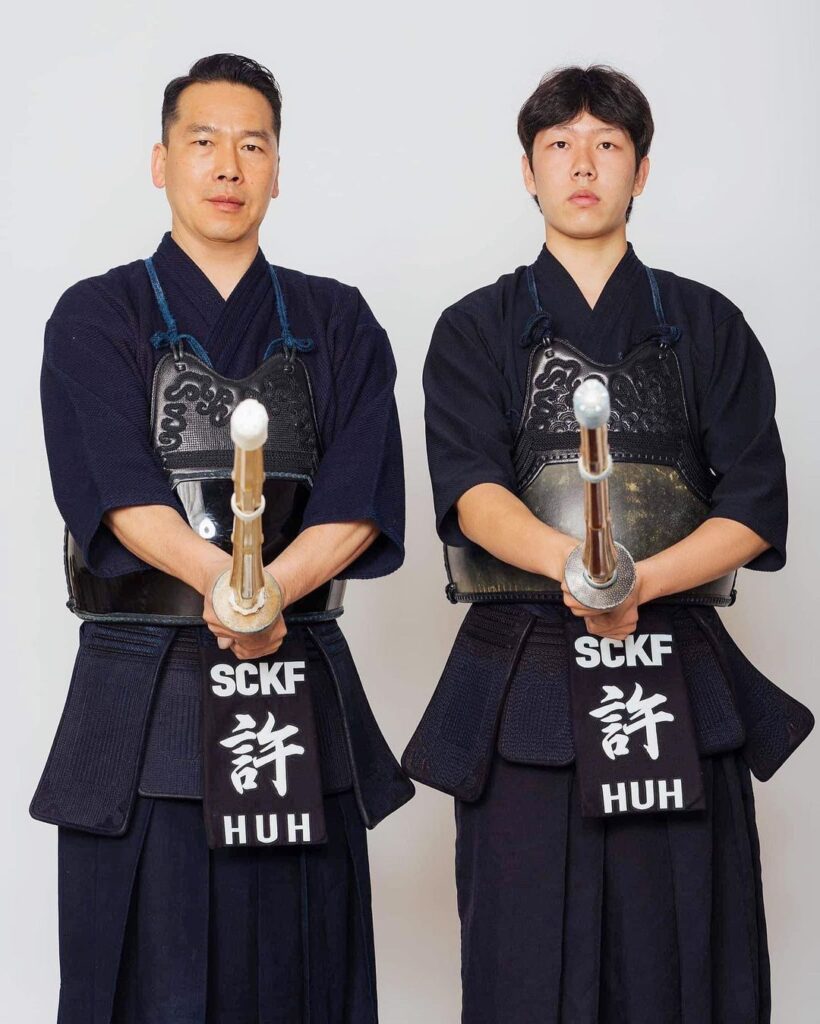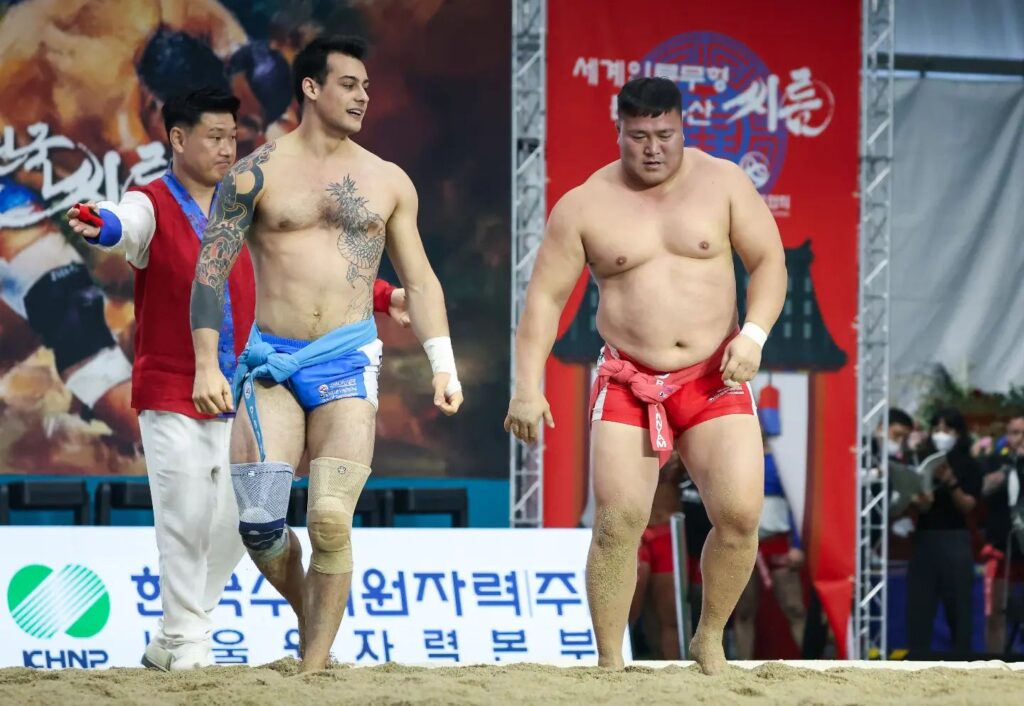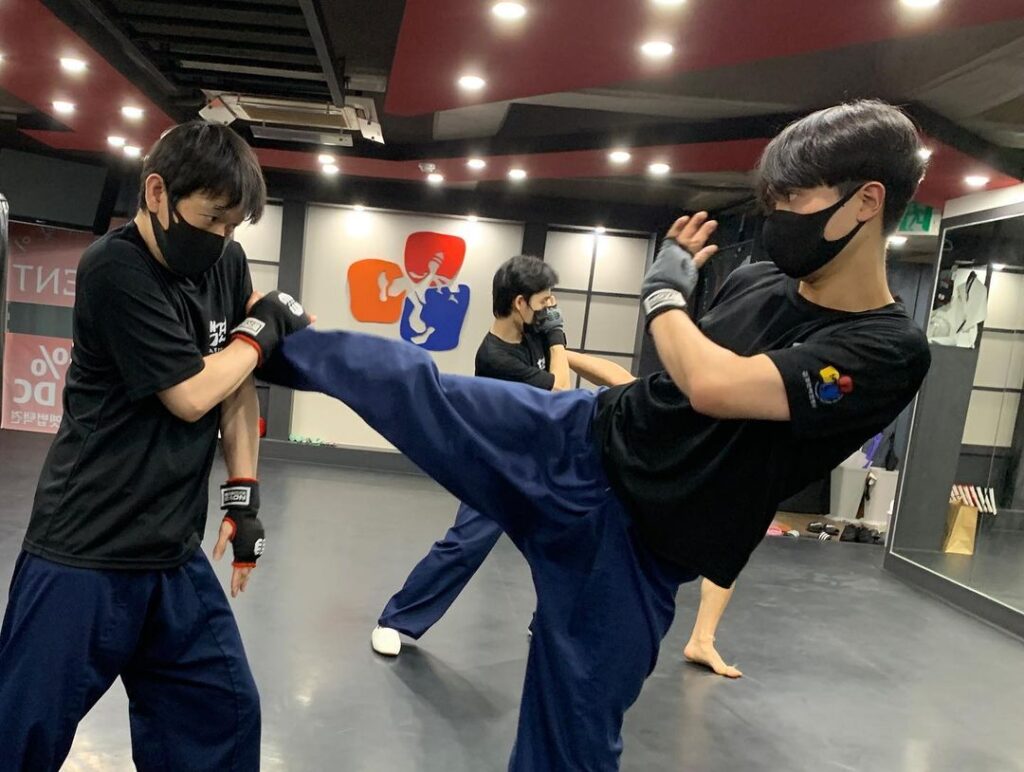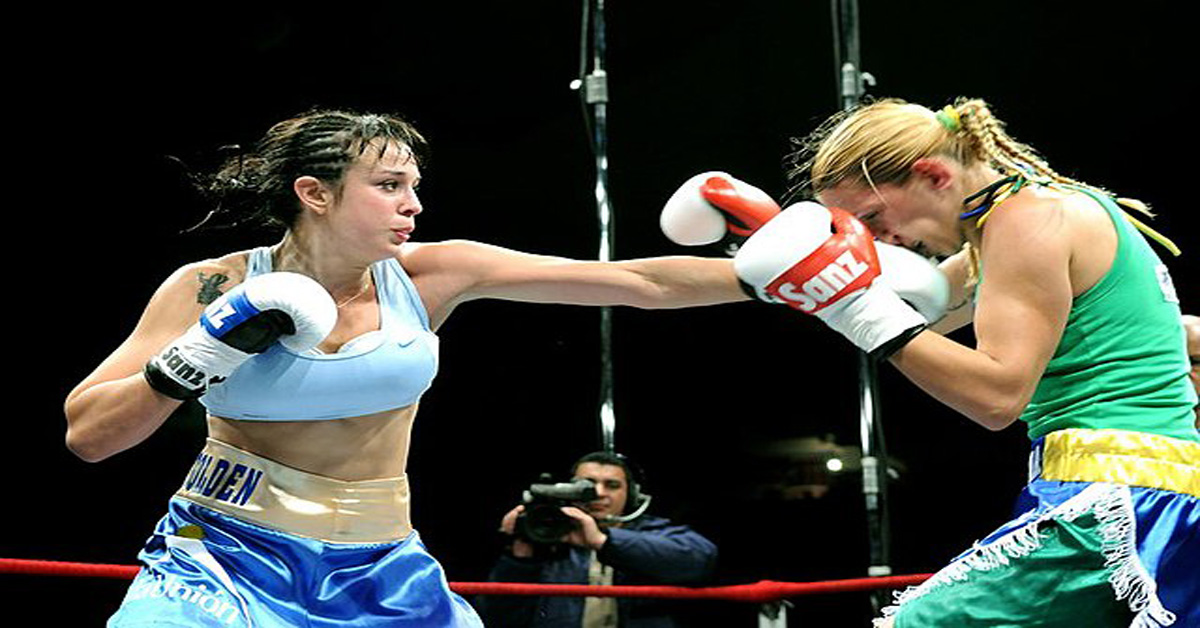
Possessing proper self-defense skills is imperative for women to know. One of the most searched questions on Google is what is the best self-defense for women?
Check out our list of martial arts below that are considered some of the best self-defense for women. Going through all the qualities that make them an excellent choice for women to learn.
Why Should Women Learn Self-Defense
Before we examine the best self-defense for women, let’s go over why women need to learn self-defense skills. Here are twelve reasons why women should learn how to defend themselves.
- Personal Safety: Women are a more likely target of violence than men. Learning self-defense skills will help improve their personal safety.
- Prevention & Awareness: Learning self-defense will keep women safe from attacks and help prevent them by learning awareness. Having this ability to sense danger can keep them out of dangerous situations.
- Boost Confidence: By learning a form of self-defense, a woman will become more confident in herself. Confidence will help them physically and mentally deal with a dangerous situation.
- Physical Fitness: Along with learning self-defense, women also learn the importance of good physical fitness. It’s better to be physically ready to deal with a bad situation than not be in shape.
- Independence: When a woman knows how to protect themselves, this gives them a greater sense of independence. They can go to more places alone and feel comfortable without having fear.
- Empowerment: The best self-defense for women gives them a sense of empowerment. Giving them the confidence to take an active role in their own personal security.
- Preparedness: You never know what could happen and must stay ready. This is especially true if you’re a woman.
- Raise Awareness: Along with preparedness is awareness. As a woman, you must be ready for anything that can and will happen.
- Self-Discipline: When you learn self-defense, you also develop self-defensive. This positive trait is crucial to further improve your self-defense skills.
- Positive Influence: A woman cannot only improve their self-defense skills but the self-defense skills of other women. They can be role models for women who want to be strong and independent.
- Crisis Management: Good self-defense skills enable you to better manage crises or help others in crises.
- Community: The best self-defense for women creates a sense of community for them. You aren’t alone and have a group behind you that will support and defend you.
What martial art is the best self-defense for women
Boxing
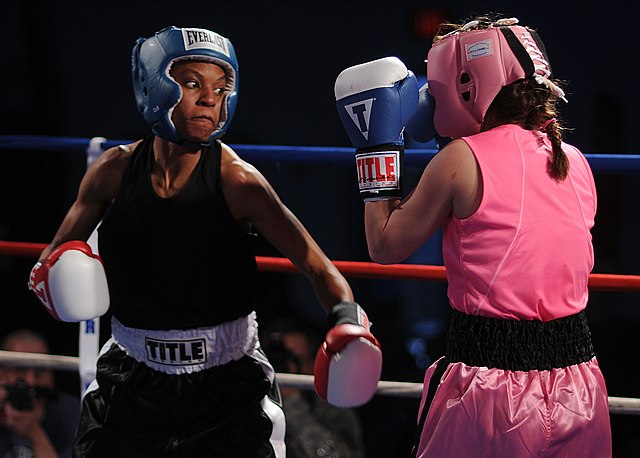
The first style on our best self-defense for women write-up is the sweet science of boxing. The art of pugilism has been one of the most practiced forms of self-defense for decades.
This fighting style has various qualities that make it great for women looking to learn how to defend themselves.
The Positives of Boxing for Self-Defense
Boxing has a lot of positive qualities, but we’ll list five specific positives for this article. Here are five positives that make boxing one of the best self-defense for women.
- Effective Striking Skills: Boxing enables women to have the skills to defend themselves against an attacker. Attackers may think twice about attacking a woman once they start getting blasted with hard combos.
- Hand-Eye Coordination: Boxing teaches students proper hand-eye coordination. If a woman is ever faced with an attacker, they can better see the strikes coming and react.
- Realistic Training: Boxing training forces a person to spar against another opponent and react to their movements. This type of training will better prepare a woman to defend herself.
- Fitness: Boxing is the best training to get you in shape. When you’re in shape, you can better defend yourself.
- Mental Toughness: Boxing training has a special quality of instilling toughness into its students. It can teach women not to let anyone make them victims and fight back.
The Negative of Boxing for Self-Defense
Although boxing is a great martial art, it has one glaring flaw: a lack of ground fighting. Women will be protected on their feet, but not if they’re grabbed or taken to the ground. They could have good striking skills, but it won’t matter if a bigger man is holding them down on the ground.
Muay Thai
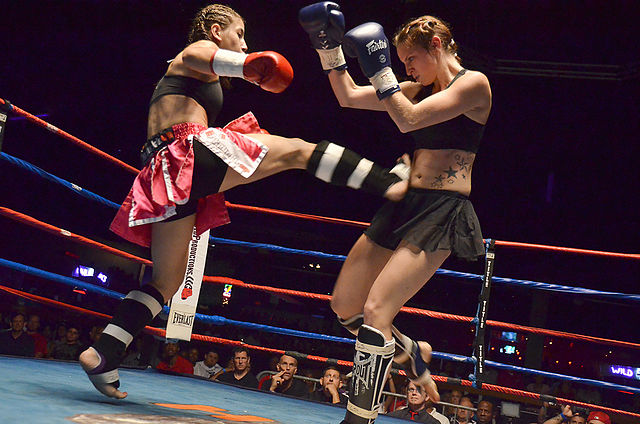
The art of eight limbs, known as Muay Thai, is an incredibly effective striking art. Its various strikes and clinch work has made it a popular choice of self-defense for women.
The Positives of Muay Thai for Self-Defense
Muay Thai has numerous benefits that will help a woman in a self-defense situation. Here are five positive benefits that make Muay Thai a great form of self-defense for women.
- Striking Proficiency: Muay Thai includes some of the most proficient striking techniques of any martial art. Especially the leg kick that will make someone think twice about starting an altercation.
- Clinching: One of the biggest positives of Muay Thai is the clinching techniques, which will come in handy in a fight. There’s a lot of grabbing and clinching in a fight, which allows a woman to set up nasty elbows.
- Range Management: Muay Thai will teach you how to manage the range in a fight. You’ll be able to control the punching, kicking, and clinching ranges.
- Conditioning & Fitness: Muay Thai stresses the importance of fitness in order to maximize the power of your strikes. You may be a girl, but you certainly won’t hit like one.
- Simplicity: What makes Muay Thai so effective is its simplicity. The techniques are straightforward and easy to learn.
The Negative of Muay Thai for Self-Defense
Muay Thai will leave you well-prepared on your feet. Even more so than in boxing due to the clinching, elbows, knees, and throws.
But Muay Thai’s biggest flaw is once a fight hits the ground. A woman adept at Muay Thai will be well-prepared on her feet, but she’s still vulnerable on her feet. See Rodtang vs. Demetrious Johnson as an example of this flaw.
Judo
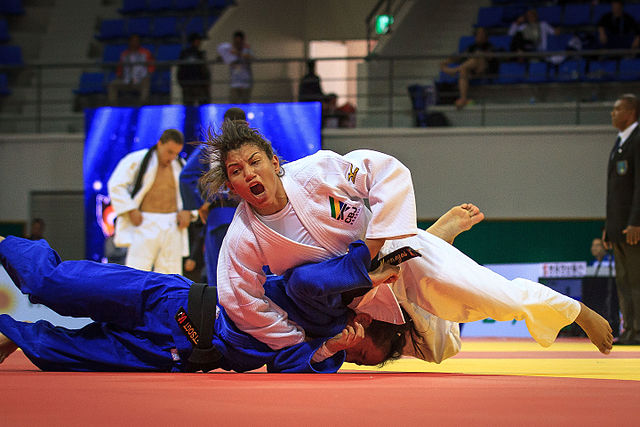
The classic grappling style of Judo is considered one of the best self-defense for women. It has proven effective techniques that have protected many people in dangerous situations.
The Positives of Judo for Self-Defense
Judo has numerous positives as one of the best self-defense for women. Here are the five positive benefits of learning Judo for self-defense.
- Throws & Takedowns: In an altercation, there’s a lot of grabbing and pushing. These movements play right in Judo, making throwing an attacker to the ground easy.
- Utilizing Opponent’s Force: Judo is all about using an opponent’s force against them. Since an attacker will try to implement their force, this makes it easy to throw them on their head.
- Balance & Coordination: Judo teaches you to stay calm while keeping your coordination and balance. This is a crucial skill to learn when in a dangerous situation threatened with violence.
- Ground Control: BJJ is known for more pins, but many of the martial art’s techniques were adopted from Judo. You’ll also learn how to control an attacker on the ground by practicing Judo.
- Adaptability: Judo is one of the world’s most adaptable grappling martial arts. You can easily adapt the techniques you learn in the Gi and implement them on the street.
The Negative of Judo for Self-Defense
The biggest negative against Judo as a self-defense system is its lack of striking and striking defense. It is one of the best forms of grappling you can learn, but it will leave a woman quite vulnerable to strikes. See Ronda Rousey’s losses as an example of this flaw.
BJJ
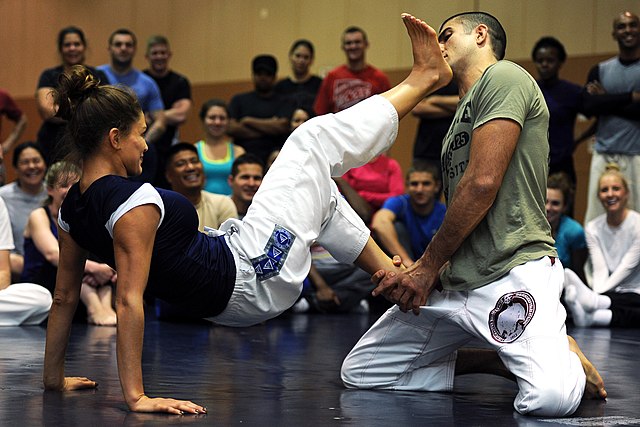
Brazilian Jiu-Jitsu (BJJ) has become one of the most popular and best self-defense for women. It was created specifically to give a smaller person an equal advantage against a bigger person in a fight.
The Positives of BJJ for Self-Defense
BJJ has numerous positives that make it one of the best self-defense for women. Here are five positives for women to consider when looking to learn a form of self-defense.
- Defend Against Larger Opponents: BJJ was tailor-made to defend yourself against a bigger opponent. Being a woman, it is imperative that you learn grappling techniques that work against bigger opponents.
- Escapes & Reversals: There might be a time when you’re on your back with a bigger attacker on top of you. BJJ’s escape and reversal techniques are a must in situations like these.
- Submissions: BJJ has a lot of submissions taught within the martial art. You may be up against a bigger person, but they can be choke-out like anybody else.
- Leverage Techniques: BJJ techniques are all about leverage and taking angles. Strength helps, but the grappling art is all about getting leverage on your opponent.
- Transferable Skills: The techniques you learn in BJJ are transferrable to the street. You can see many instances of the techniques working in real-life situations on Youtube.
The Negative of BJJ for Self-Defense
Like in Judo, BJJ will make a woman prepared to grapple and take a fight to the ground. Although, they will not be prepared to defend themselves against strikes. They could still fend off the attack but get hurt in a striking exchange if BJJ is all they know.
MMA
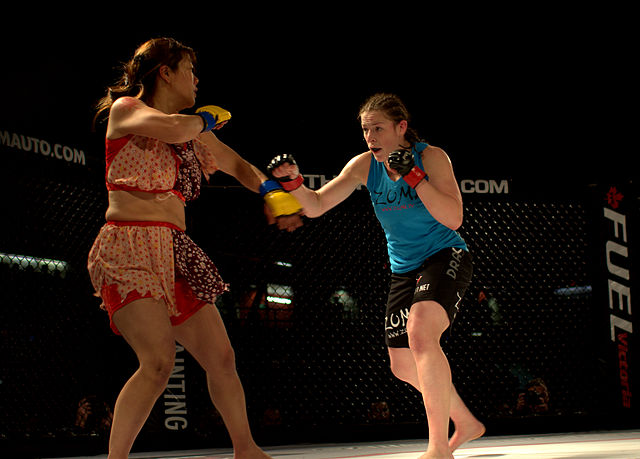
Mixed martial arts(MMA) is one of the most complete fighting systems on the planet. It encompasses all of the martial arts previously mentioned in this best self-defense for women article.
An eclectic style that teaches various forms of striking and grappling. Its diversity and effectiveness have made it one of the most popular fighting styles practiced today.
The Positives of MMA for Self-Defense
MMA is one of the most complete fighting systems that a woman could learn. Here are five positives as to why MMA is the best self-defense for women.
- Versatile: MMA is one of the most versatile martial arts in the world. There is no other martial art that covers the amount of striking and grappling techniques that you see in MMA.
- Realistic Sparring: The sparring in MMA is the most realistic type of sparring that you can do. It’s not a street fight, but it’s the closest way you can practice for one.
- Ground Control: Like in Judo and BJJ, MMA teaches you how to control an opponent on the ground. On top of this control, you will also learn how to strike on the ground effectively.
- Adaptability: The techniques taught in MMA are adaptable to an altercation on the street. These techniques are proven effective.
- Mental Preparedness: By learning MMA, you will be mentally prepared to defend yourself in any situation that may happen. You will be able to calmly assess the situation and react accordingly.
The Negative of MMA for Self-Defense
From a glance, MMA is the best self-defense for women. It’s great for self-defense, but the problem with MMA is that it’s sport-based.
This is a problem that all of the styles listed actually have. The techniques are taught within a sport setting, where the rules of the sport are respected.
This can be a problem on the street, as an attacker will not abide by any rules. MMA is a great choice, but keep this in mind if you learn this style.
Should a Woman Learn More Than One of These Self-Defense Systems?
The best self-defense for women is learning multiple styles of self-defense. By learning multiple styles, they would be better prepared to defend themselves in a dangerous situation.
If you’re a woman reading this, please go learn proper self-defense. It will enable you to live a better life without fear and give you the confidence to live better.
 Mixed Martial Arts is getting bigger every year, and the best MMA gyms in the world keep producing great fighters. Many of the more established MMA gyms are still on top, but other emerging teams are making a name for themselves. Here’s a list of the best MMA gyms of 2023. Read below as we […]
Mixed Martial Arts is getting bigger every year, and the best MMA gyms in the world keep producing great fighters. Many of the more established MMA gyms are still on top, but other emerging teams are making a name for themselves. Here’s a list of the best MMA gyms of 2023. Read below as we […]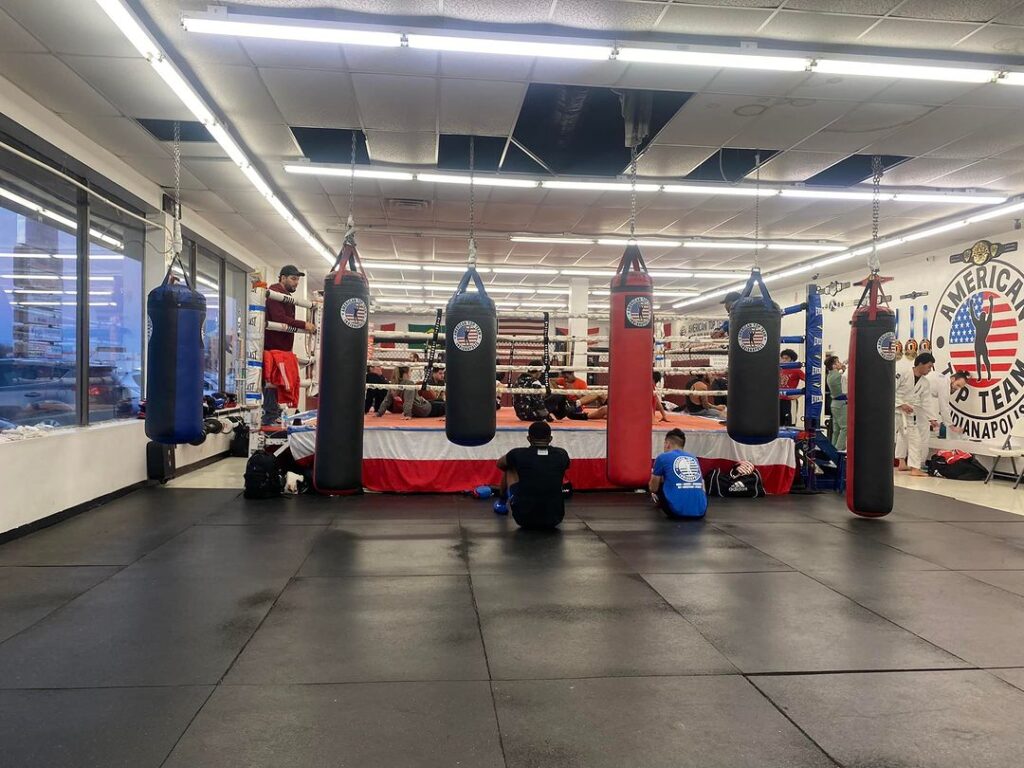
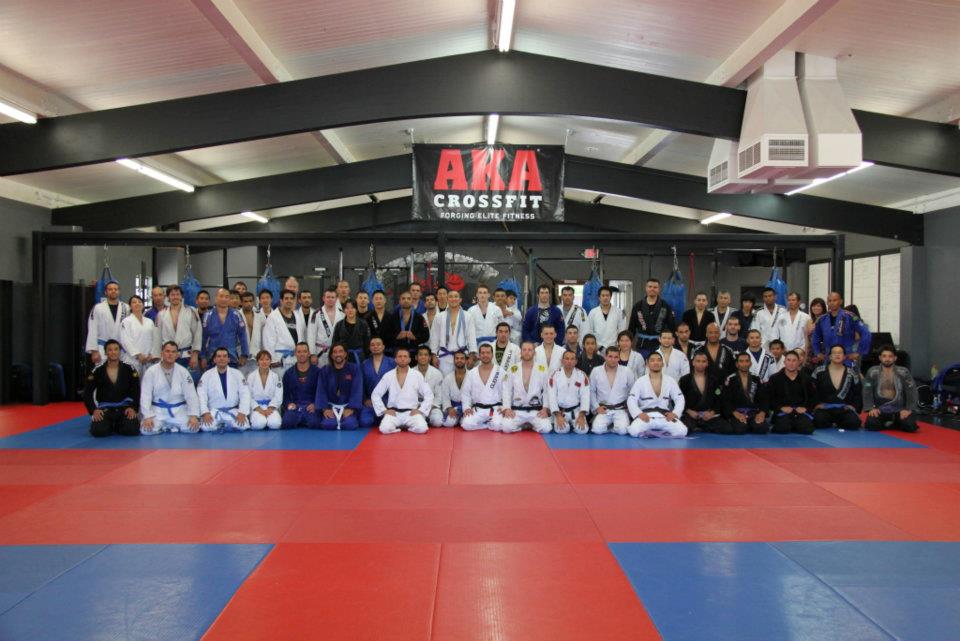
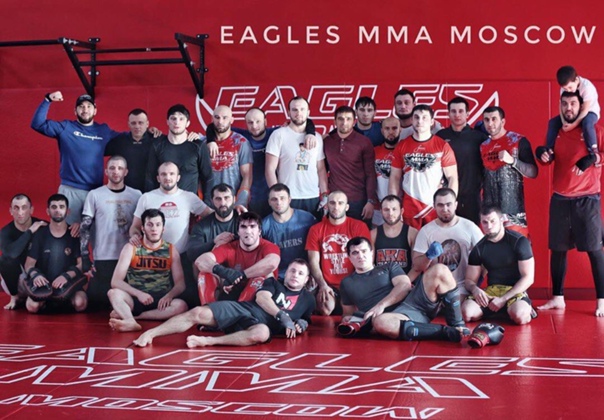
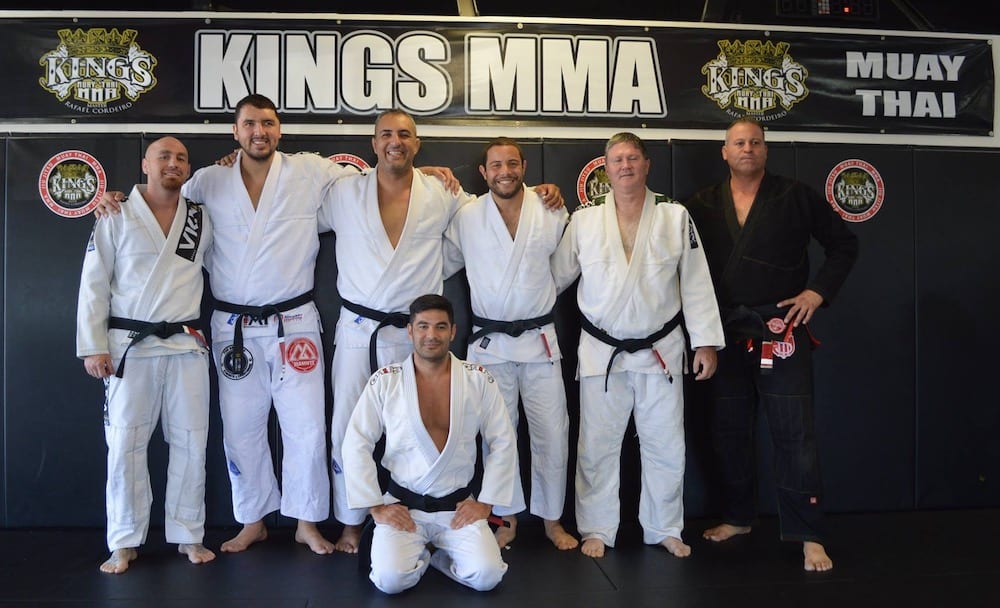
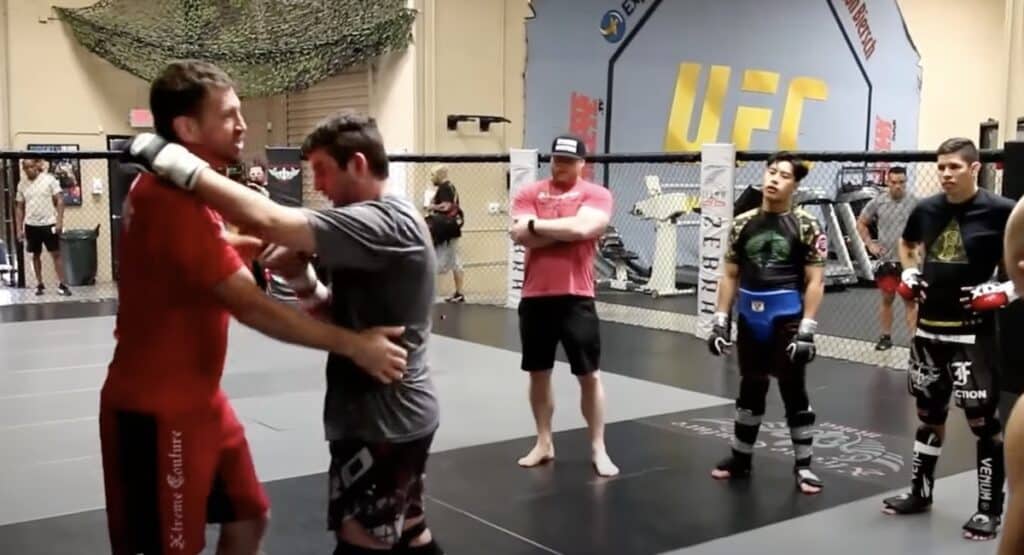
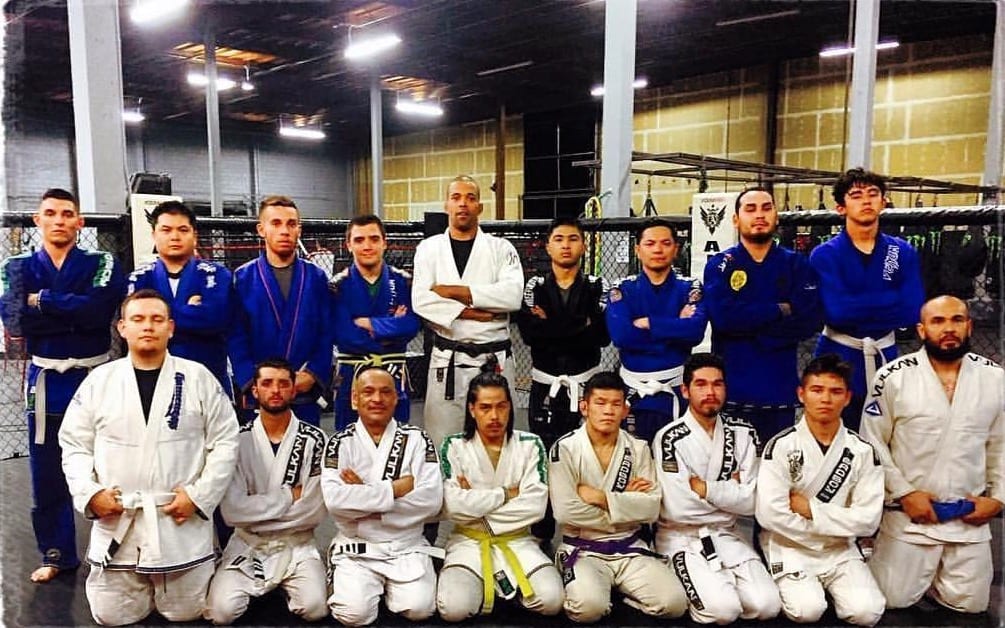
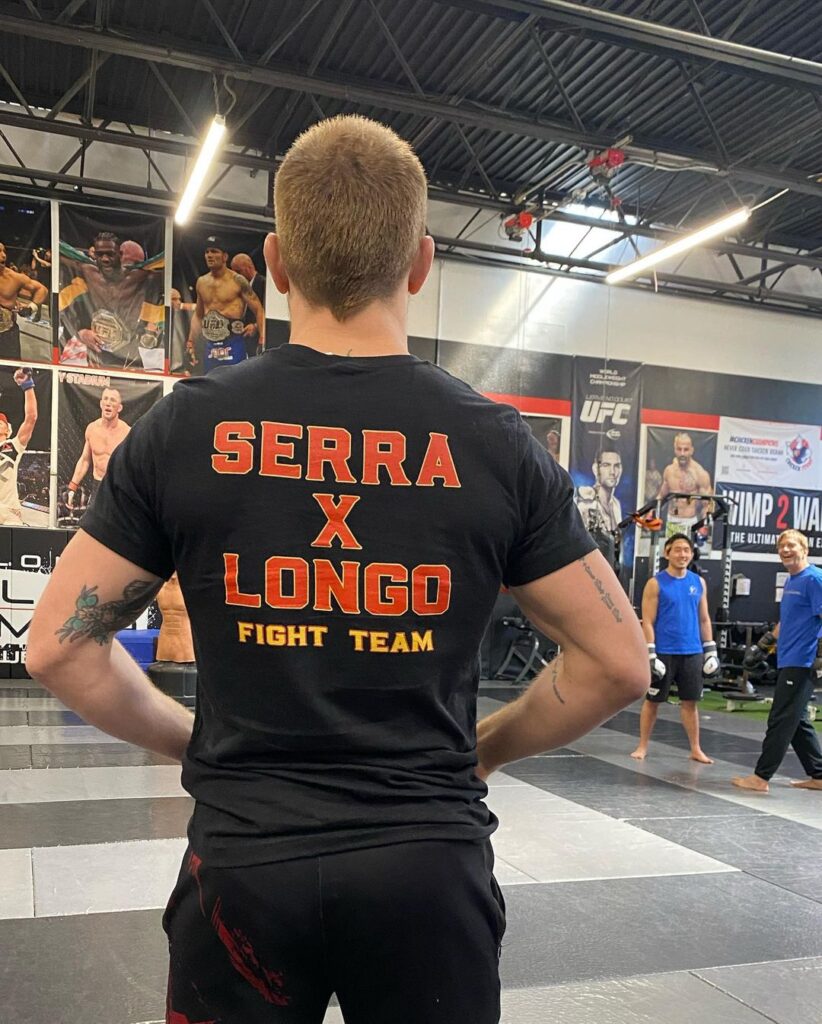
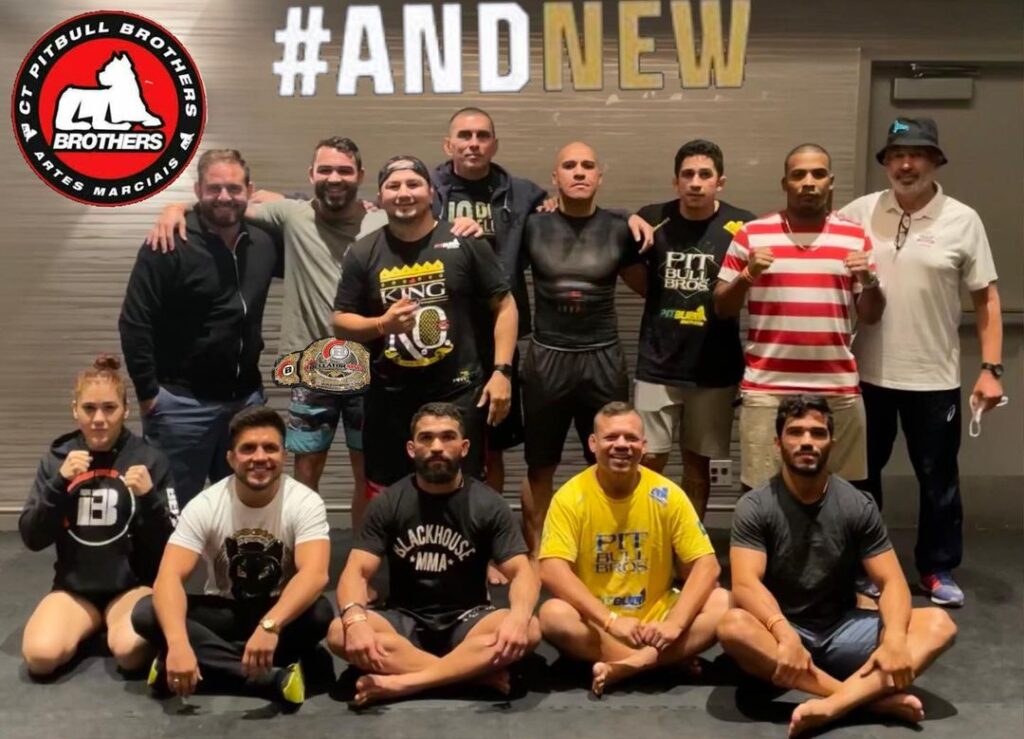
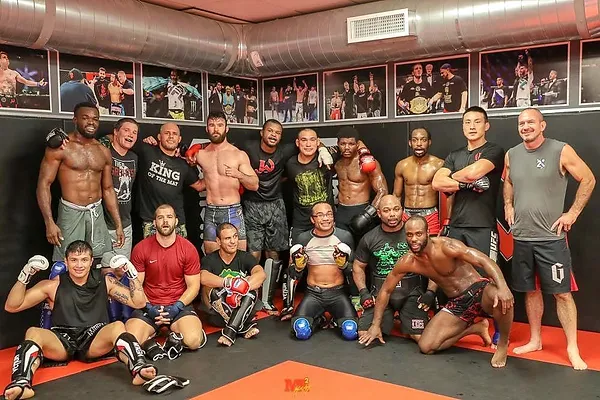
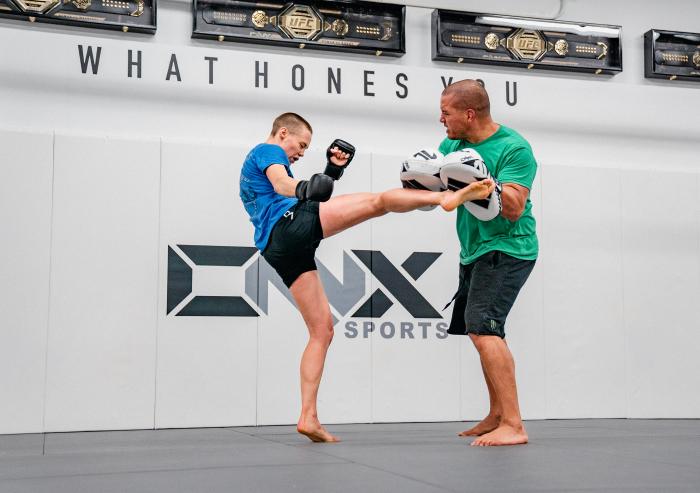
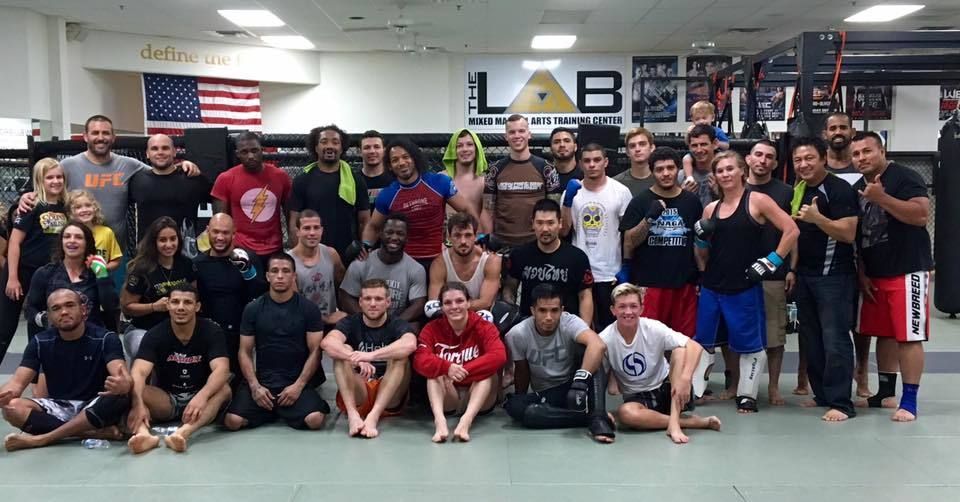
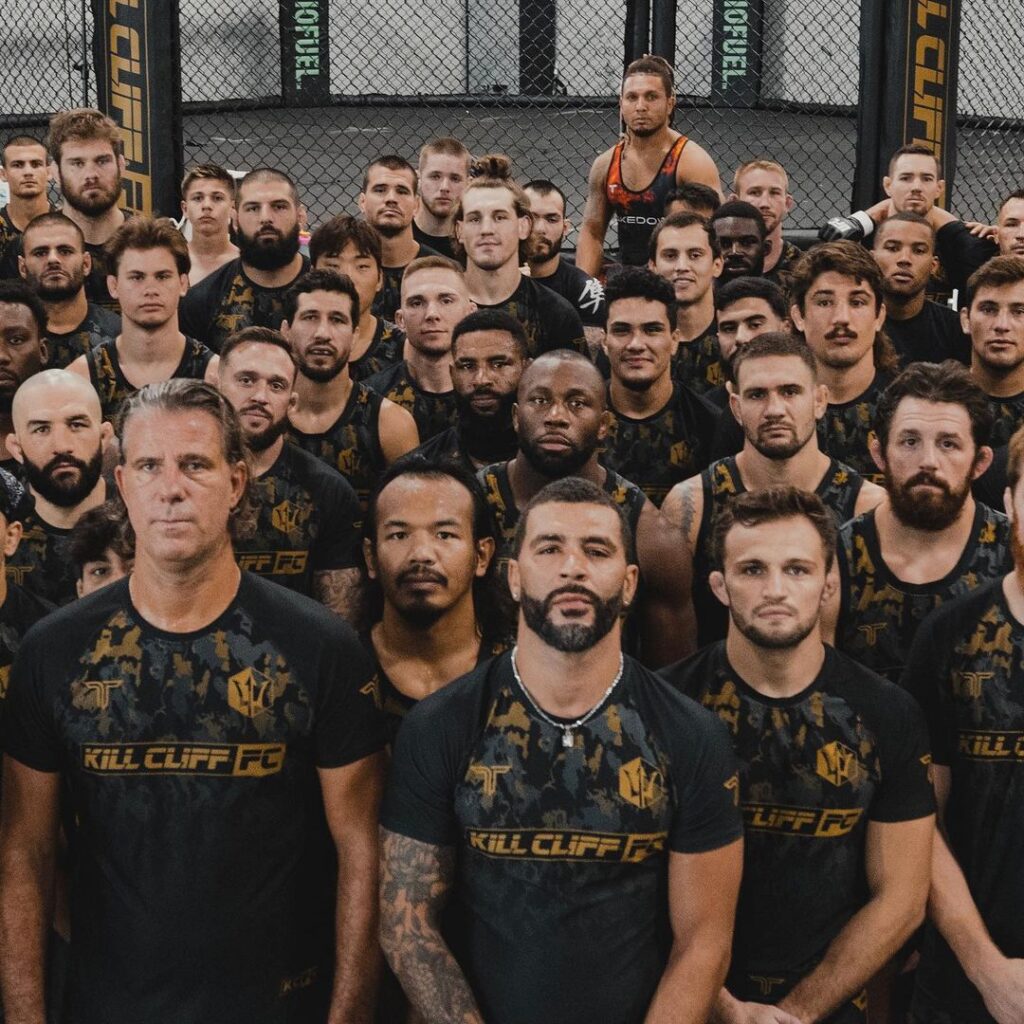
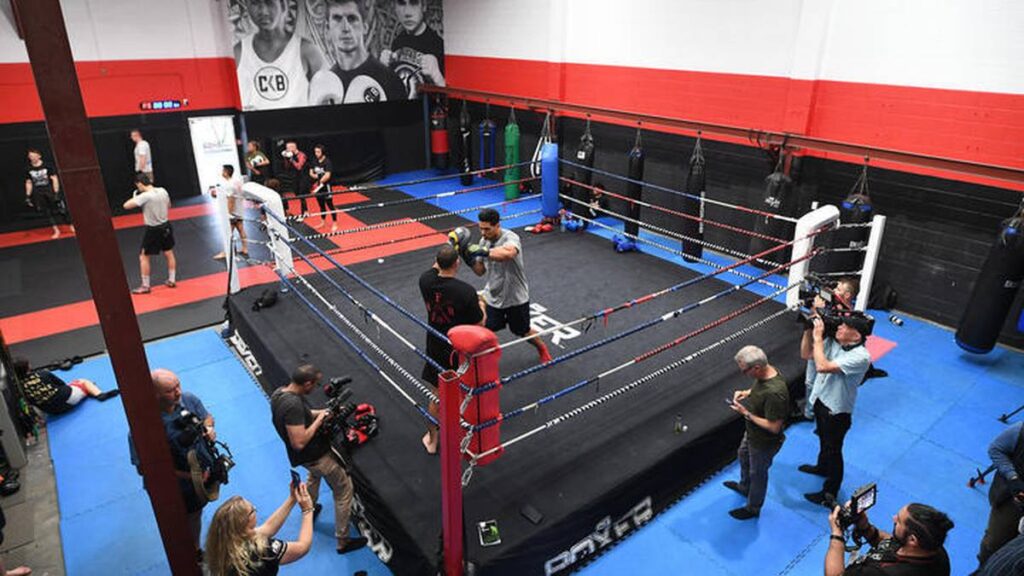
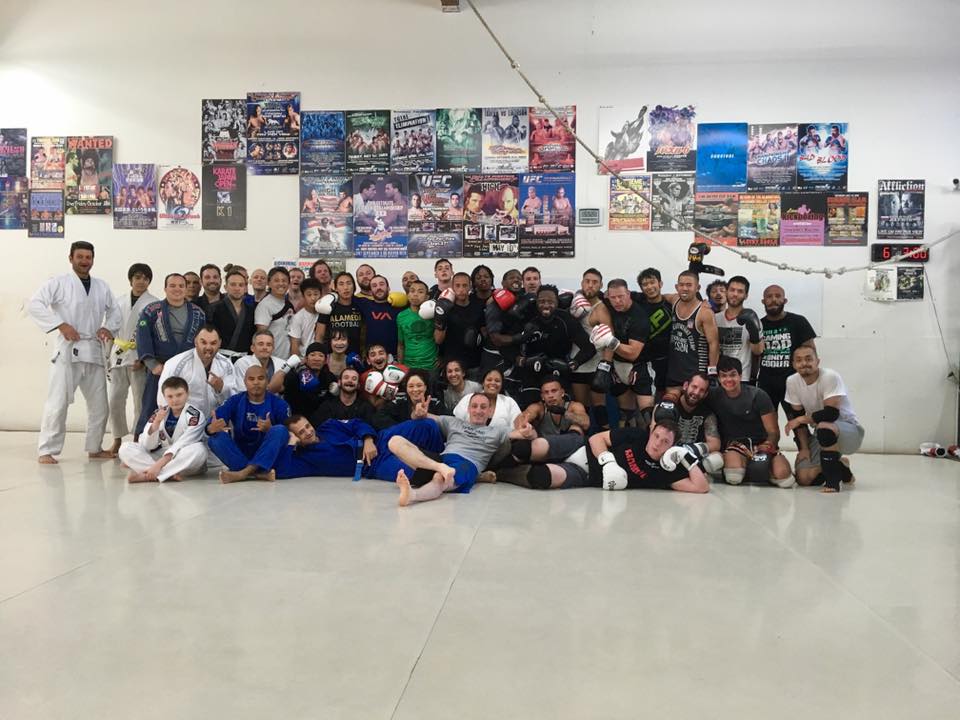
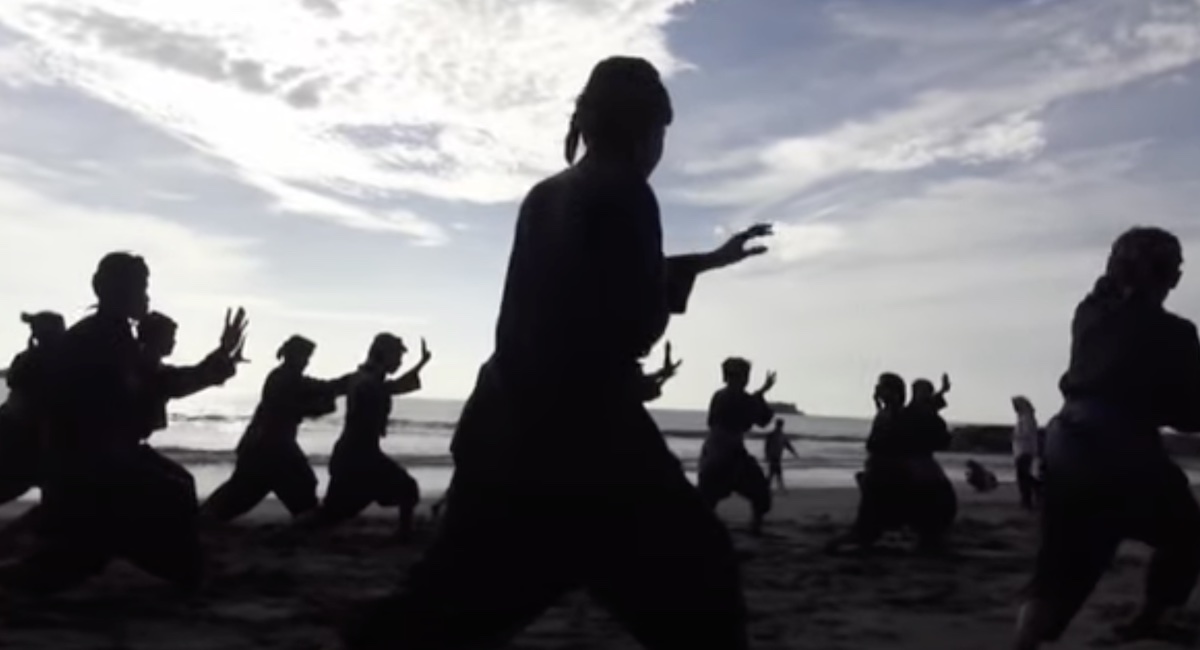 In Indonesia, an effective fighting style called Pencak Silat is proven effective. You may have seen this fighting style portrayed in various popular action movies that were produced within the region. Pencak Silat has a rich history; we want to tell you a little about this effective style. Read below as we detail the history […]
In Indonesia, an effective fighting style called Pencak Silat is proven effective. You may have seen this fighting style portrayed in various popular action movies that were produced within the region. Pencak Silat has a rich history; we want to tell you a little about this effective style. Read below as we detail the history […]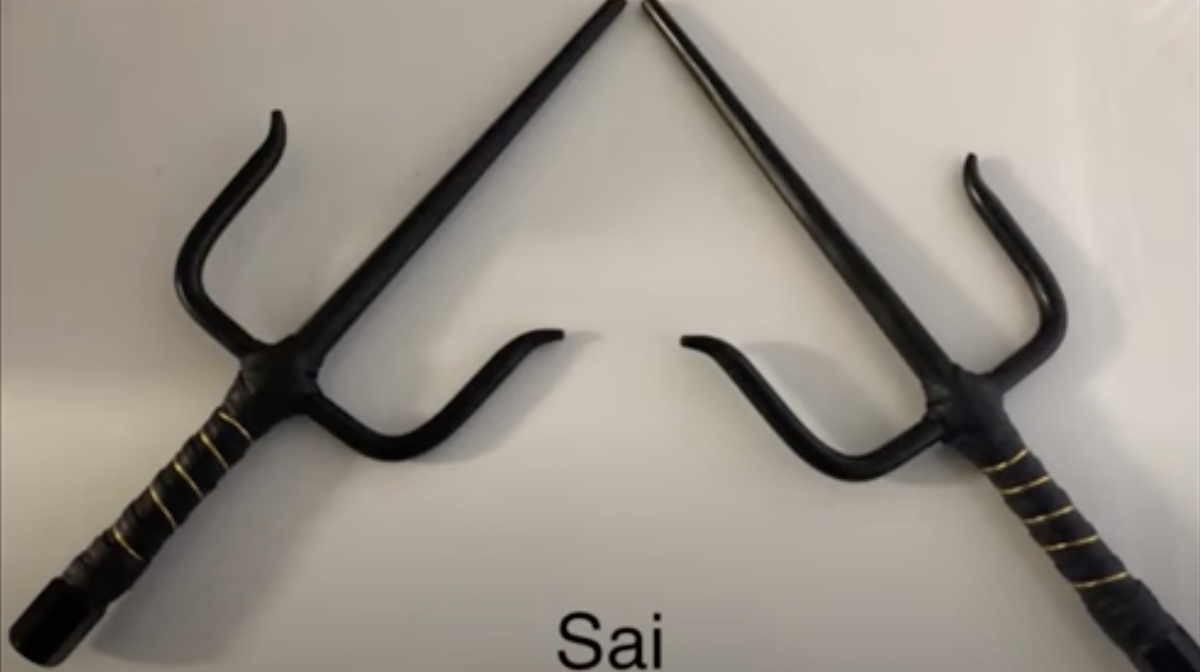 When we were kids, almost all of us pretended we were one of the Ninja Turtles. Many of us liked Raphael and had a plastic sai weapon that we swung around fighting off foot ninjas. The martial arts weapon, the sai, has an interesting history we want to share. Going over how sais went from […]
When we were kids, almost all of us pretended we were one of the Ninja Turtles. Many of us liked Raphael and had a plastic sai weapon that we swung around fighting off foot ninjas. The martial arts weapon, the sai, has an interesting history we want to share. Going over how sais went from […]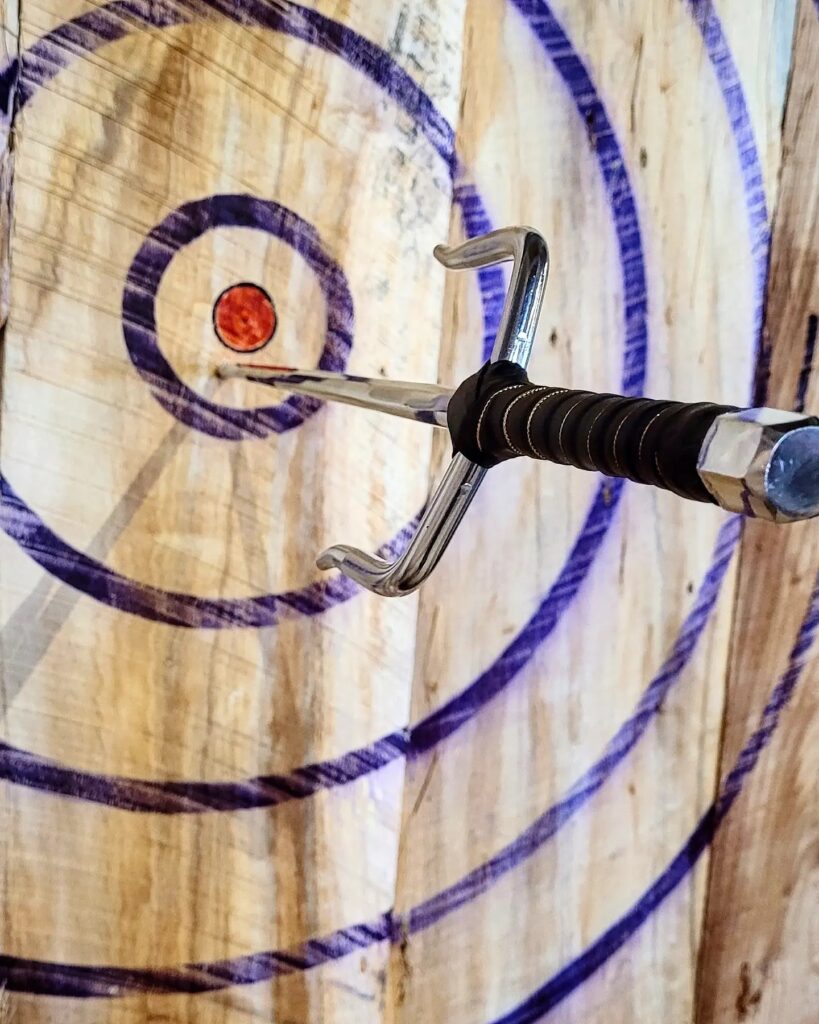
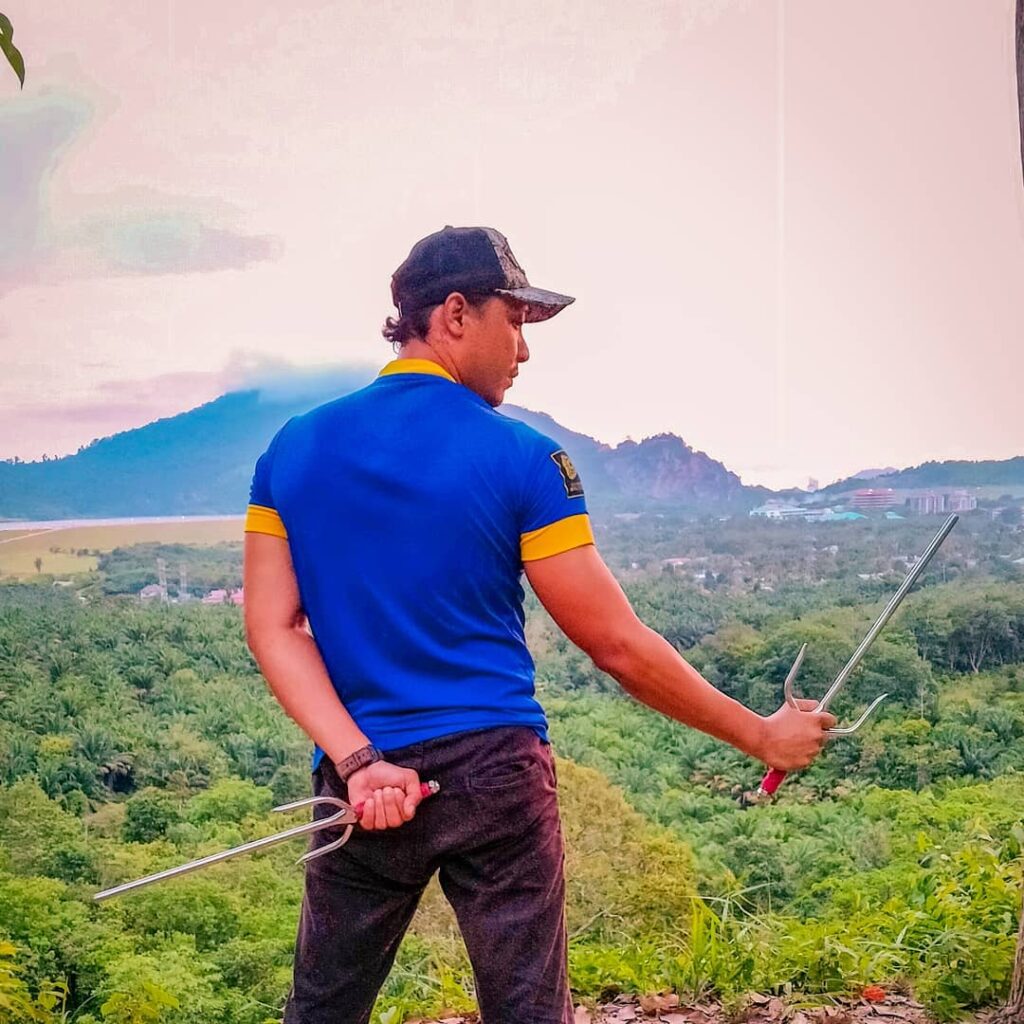

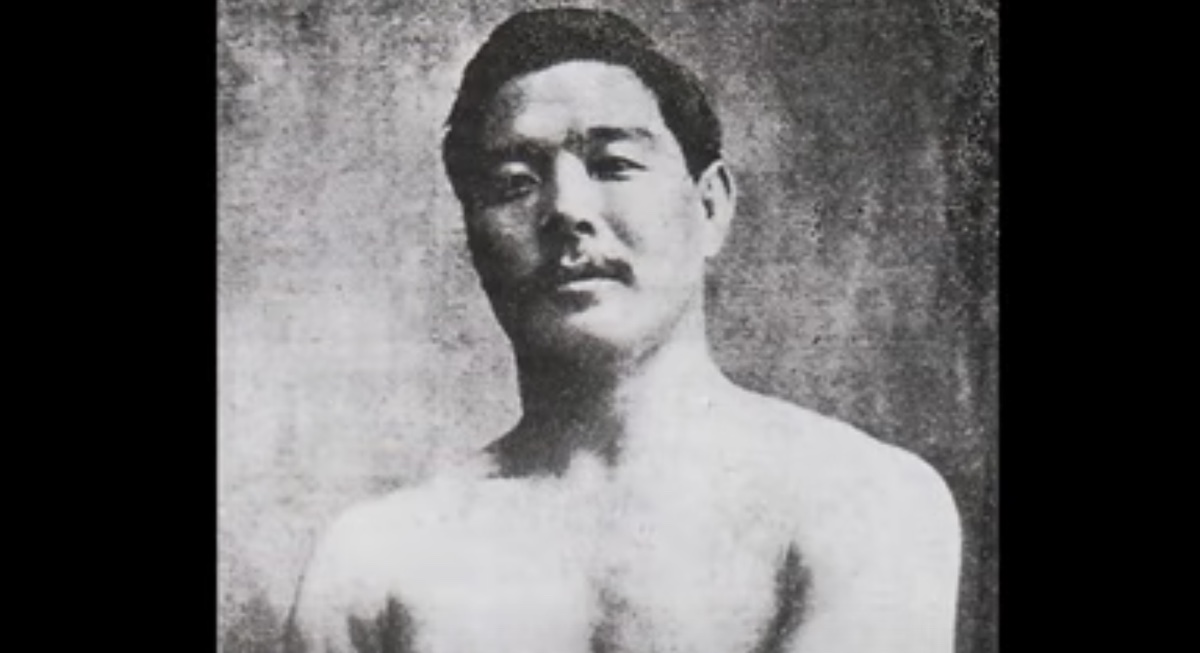 We often talk about the Gracie family, but Brazilian Jiu Jitsu wouldn’t exist without Master Mitsuyo Maeda. Conde Koma was one of the key martial artists responsible for introducing Judo into Brazil, which BJJ would develop from. He has an incredible story that all martial artists and combat sports need to know. Going over Mitsuyo […]
We often talk about the Gracie family, but Brazilian Jiu Jitsu wouldn’t exist without Master Mitsuyo Maeda. Conde Koma was one of the key martial artists responsible for introducing Judo into Brazil, which BJJ would develop from. He has an incredible story that all martial artists and combat sports need to know. Going over Mitsuyo […]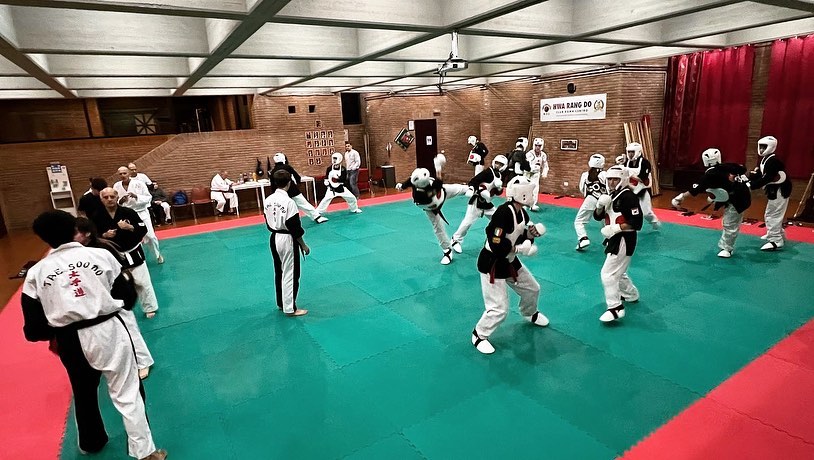 Korea has been the birthplace of some of the most practiced martial arts in the world. According to Google, many people often ask how many Korean martial arts are there. We’ve researched and brought you our comprehensive Korean martial arts list. Check out the list of Korean martial arts below, with descriptions of each one […]
Korea has been the birthplace of some of the most practiced martial arts in the world. According to Google, many people often ask how many Korean martial arts are there. We’ve researched and brought you our comprehensive Korean martial arts list. Check out the list of Korean martial arts below, with descriptions of each one […]